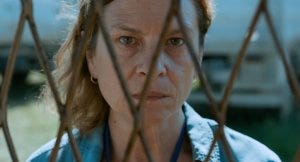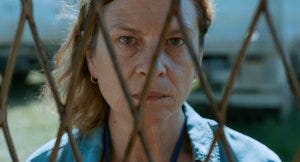Quo Vadis, Aida? | What We Did On Our Summer Holidays
Where are you marching?
During a recent visit to the National Gallery, I noticed the faintly absurd image of Christ. In Annibale Carracci’s 1602 painting, Domine, quo vadis?, the Second Coming literally points along the Appian Way, responding to Saint Peter’s startled inquiry, “Lord, where are you marching?”, a basi…
Keep reading with a 7-day free trial
Subscribe to Cinema Year Zero to keep reading this post and get 7 days of free access to the full post archives.





